MyCollection: Stefan Sagmeister
28 Oct 2017 - 11 Mar 2018
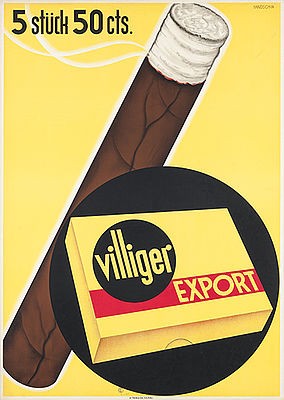
Johannes Handschin
5 Stück 50 cts. – Villiger Export, 1937, Museum für Gestaltung, Poster Collection, © ZHdK
5 Stück 50 cts. – Villiger Export, 1937, Museum für Gestaltung, Poster Collection, © ZHdK
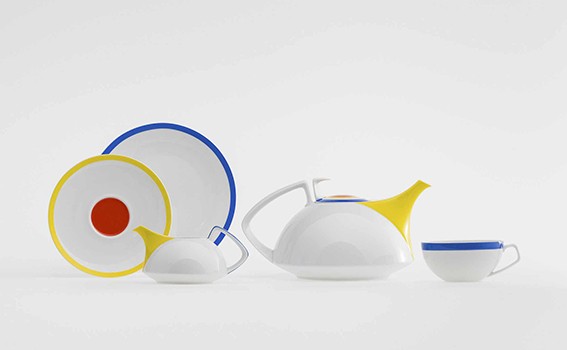
Walter Gropius (design)/Herbert Bayer (decoration)
TAC 1, Rosenthal AG, design: 1969, decoration: 1979, Museum für Gestaltung, Design Collection, donation Rosenthal AG, © ProLitteris
TAC 1, Rosenthal AG, design: 1969, decoration: 1979, Museum für Gestaltung, Design Collection, donation Rosenthal AG, © ProLitteris
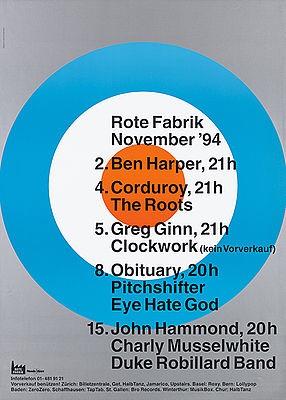
Cornel Windlin
Rote Fabrik November '94, 1994, Museum für Gestaltung, Poster Collection, donation Cornel Windlin, © ZHdK
Rote Fabrik November '94, 1994, Museum für Gestaltung, Poster Collection, donation Cornel Windlin, © ZHdK
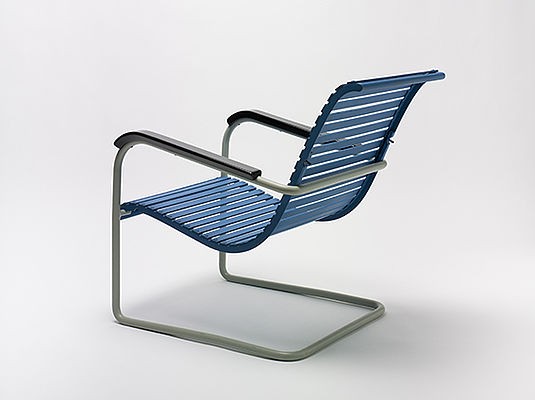
Werner Max Moser
Verstellbarer Gartenstuhl, Embru-Werke AG, 1931, Museum für Gestaltung, Design Collection, donation Arthur Rüegg, © Embru-Werke AG
Verstellbarer Gartenstuhl, Embru-Werke AG, 1931, Museum für Gestaltung, Design Collection, donation Arthur Rüegg, © Embru-Werke AG
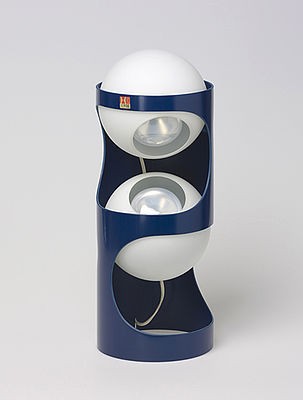
Rosmarie and Rico Baltensweiler
Guggerli, Baltensweiler AG, 1966, Museum für Gestaltung, Design Collection, © ZHdK
Guggerli, Baltensweiler AG, 1966, Museum für Gestaltung, Design Collection, © ZHdK
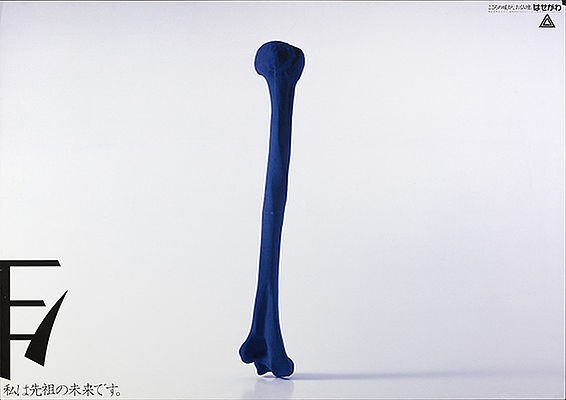
Makoto Saito (design)/ Kazumi Kurigami (photo)
1985, Hasegawa Co., Museum für Gestaltung, Poster Collection, © ZHdK
1985, Hasegawa Co., Museum für Gestaltung, Poster Collection, © ZHdK
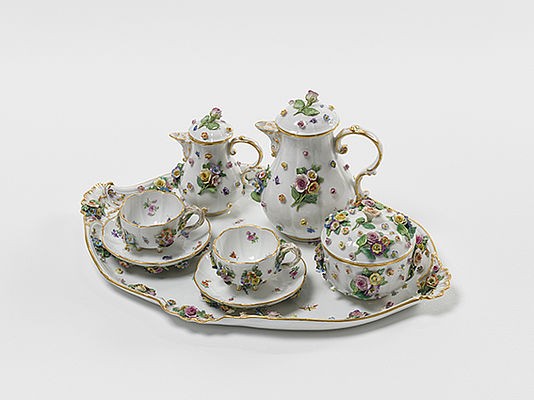
Coffee set
1880-1890, Königlich-Sächsische Porzellan-Manufaktur Meissen, Museum für Gestaltung, Applied Arts Collection, © ZHdK
1880-1890, Königlich-Sächsische Porzellan-Manufaktur Meissen, Museum für Gestaltung, Applied Arts Collection, © ZHdK
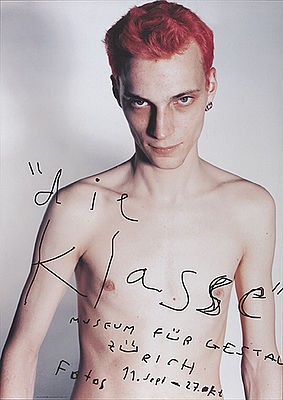
Cornel Windlin (design)/Isabel Truniger (photo)
"die Klasse" – Fotos – Museum für Gestaltung Zürich, 1996, Museum für Gestaltung, Poster Collection, © ZHdK
"die Klasse" – Fotos – Museum für Gestaltung Zürich, 1996, Museum für Gestaltung, Poster Collection, © ZHdK
MYCOLLECTION: STEFAN SAGMEISTER
28 October 2017 - 11 March 2018
The Museum für Gestaltung has amassed over 500,000 objects in its collections. This immense repertoire serves as a basis for the project series MyCollection, a new version of which is now presented by Stefan Sagmeister. The Austrian graphic designer is currently examining the theme of “Beauty”. Having taken a thorough look in the archive, he presents his personal selection of objects from the collection and comments on them. They include pieces that are generally regarded as well-designed and beautiful. Sagmeister is especially fascinated by things that, independent of their function or use, are highly aesthetic. The actual meaning of a collection is first revealed by selecting, comparing, and commenting. “MyCollection” illustrates the design preferences of Stefan Sagmeister — but without a single object designed by him.
28 October 2017 - 11 March 2018
The Museum für Gestaltung has amassed over 500,000 objects in its collections. This immense repertoire serves as a basis for the project series MyCollection, a new version of which is now presented by Stefan Sagmeister. The Austrian graphic designer is currently examining the theme of “Beauty”. Having taken a thorough look in the archive, he presents his personal selection of objects from the collection and comments on them. They include pieces that are generally regarded as well-designed and beautiful. Sagmeister is especially fascinated by things that, independent of their function or use, are highly aesthetic. The actual meaning of a collection is first revealed by selecting, comparing, and commenting. “MyCollection” illustrates the design preferences of Stefan Sagmeister — but without a single object designed by him.
